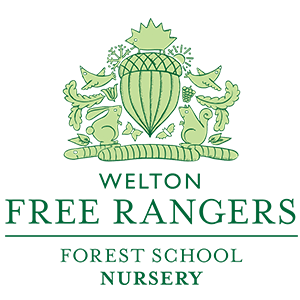Earlier this week I posted this video on to our Facebook page:
BOING!!
I find it such a lovely snippet of play from two children (S & F) that involves so many different little bits of thought; when S came up with the idea the the balls could make a noise on the drum, the fact that F was more precise with her throwing (when she missed, her next throw was much more careful and planned) whereas S wanted to try and make the loudest noise he could, how F went back to the box after throwing each ball and how S followed the thrown objects as best he could, when F realises that she can use two balls instead of one to produce a different effect and when S sums it all up at the end with "heh, boing!"... All these lines of thought are wonderfully visible in just a minute long clip, their differing agendas and the purpose of their play, how they change their actions as they discover new things and how accepting they are of each other's presence in the play. The route that we took to this video, however, really started the afternoon before.
On my travels around the nursery I came across a bag full of white balls which seemed perfect for indoor use. We have lots of children who enjoy throwing and these balls were small and light enough not to cause any damage to those around. Interestingly, when I put the balls down for the children they didn't instantly spread them to the far corners of the room; they found targets in the form of baskets and boxes , they played 'Angry Birds', they tipped them from box to box back and forth, they packaged them up and carried them around the room delivering them to different people: such patterns of play are called schema.

Schema (schematic thinking) are lines and patterns of thought that children follow to further develop their ideas and make meaning from their play. Although everybody uses schema in their day to day life as we get older the patterns we use become more complicated and part of our thought process as opposed to children's schema which they use as a visual part of their play, some common types of schema in children could be;
- Trajectory: throwing, rolling, lining up, drawing and being interested in lines etc...
- Enclosing: enjoying small closed spaces, putting boxes on heads, creating boxes around their work (or fences around small world play
- Enveloping: wrapping things up, folding up paintings or drawings, covering toys over
- Rotational: enjoying watching things turn, fascination with wheel and rolling, drawing or cutting out circles
- Transporting: Moving objects from one place to another, games involving passing, rolling or throwing between people
- Positioning: Ordering items exactly, not wanting their food touching, looking at the world in different ways e.g lying down, standing on their head
- Connecting; linking or tying objects together, enjoying jigsaw puzzles and train sets with connecting pieces
As children play their schemas become more advanced, they may use two or more at the same time and the processes become more internalised and abstract. Schema play is just one of the structures that we use at Free Rangers to understand our children's work and plan for their needs. In brief two other ideas that this example represents are:
The theory of loose parts: if you give children (or adults) toys that have a wide range of applications and ways of being put together and played with, they will be able to mould and shape them to suit their needs and thoughts (and schema)
Portchmouth principle: if you give children the open access to these materials, they will be able to make meaning from it themselves without further introduction e.g give a child a bucket and spade on a beach and you won't have to teach them how to dig!
As a final example I'd like you to think of the popular children's toy Lego: Why has such a simple idea lasted for such a long time? Why, in light of technological advances do these small pieces of plastic still hold such joy for children and adults? After reading this post it should come as no surprise that Lego taps in to all children's mindsets, the fact that they can form and shape it as they will, it can be put connected together, pulled apart, sorted, turned into things that move, that roll and turn. If you give children Lego you give them possibilities. To extract the point somewhat look at the incredibly popular computer game Minecraft: same thing*. Recently in the Den we got our first set of Makedo: I'll let you know how we get on...
Tim
*for fairness' sake I'd like to point out that there are other brands of connecting toys and games on the market... but Lego is awesome!

